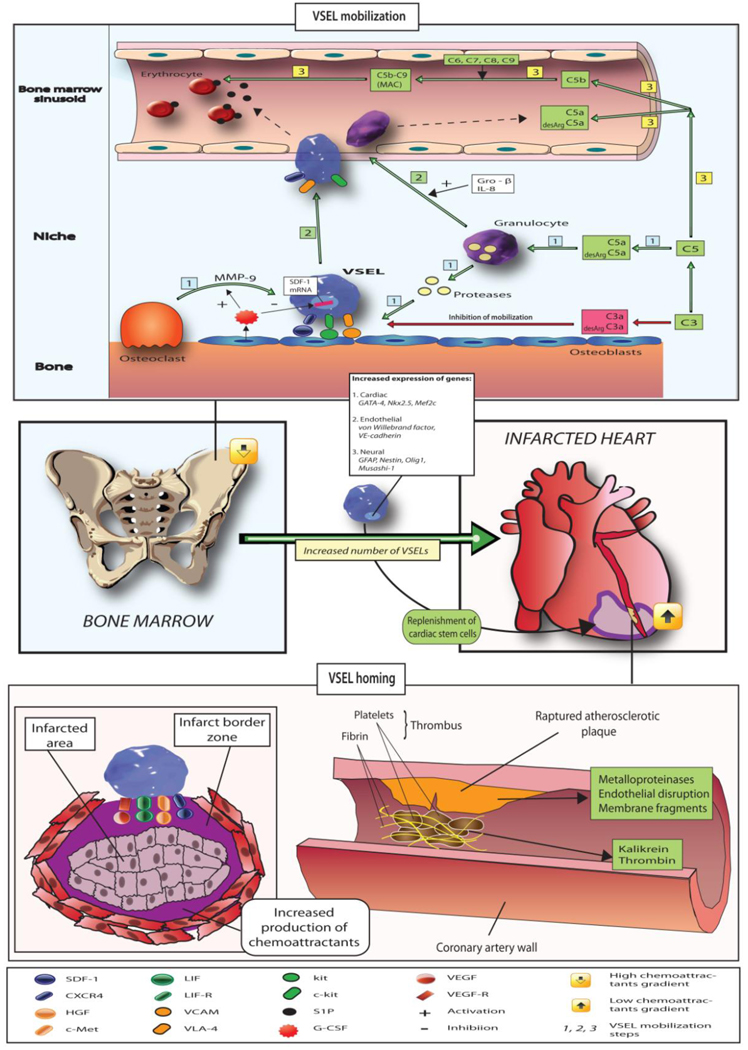Fig. 3. The mechanism of mobilization and homing of VSELs in acute myocardial infarction and ischemic stroke.
Ischemia induces increased expression of chemoattractants [phospholipids (such as sphingosine-1-phosphate), chemokines (SDF-1), growth factors (VEGF, HGF), cytokines (LIF), and activation of complement cascade]. In healthy subjects very low number of circulating VSELs can be detected in peripheral blood and expression of tissue specific markers is low. After mobilization in the setting of acute ischemia VSELs are mobilized and the mRNA levels for pluripotent markers, early cardiac and neural markers is significantly increased. Tissue ischemia leading to cleavage of SDF-1/CXCR4 in bone marrow and increased expression of chemoattractants in the ischemic organ creates the reversal of chemoattractant gradient leading to the release of VSELs from the bone marrow niches and their homing to injured organ.

